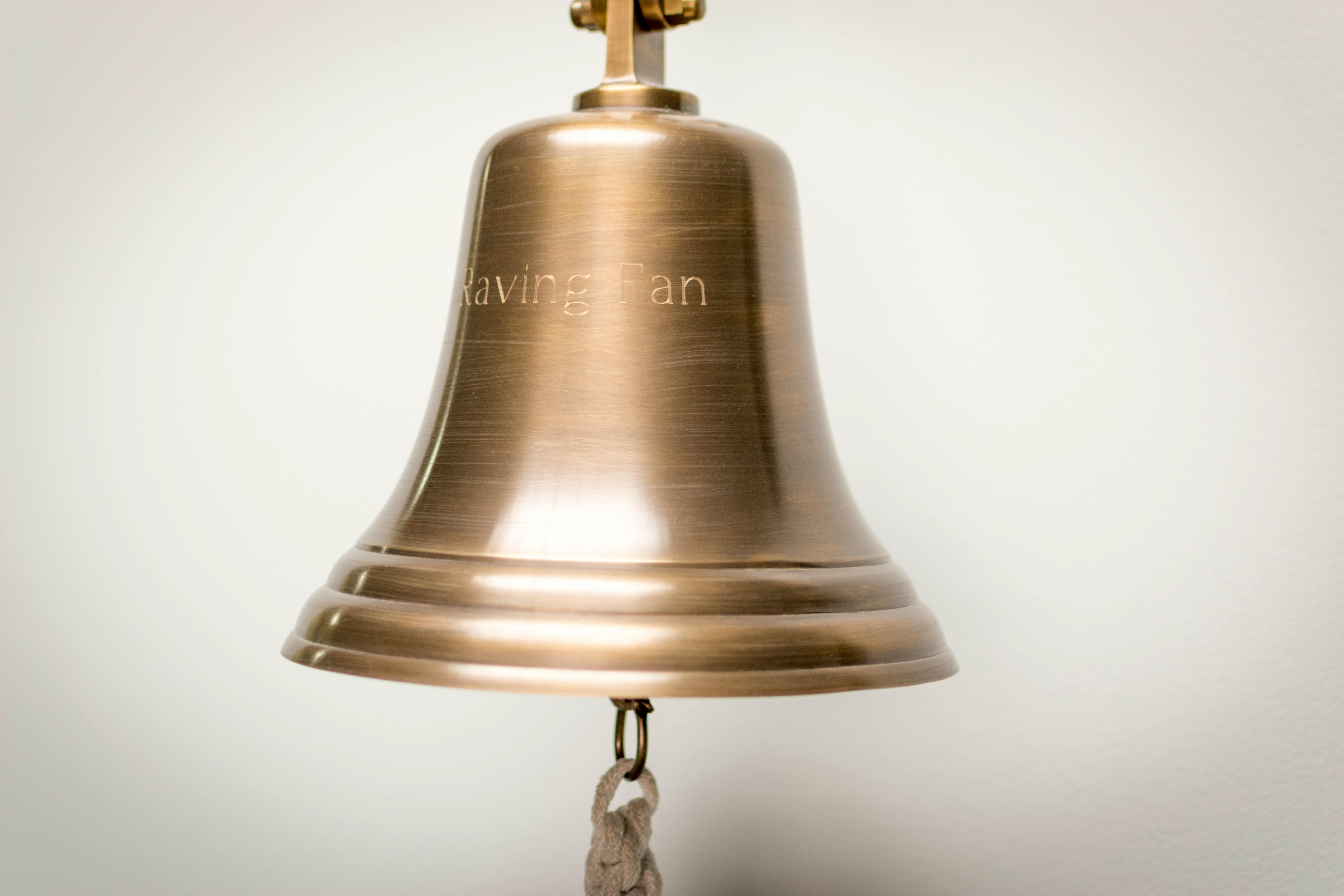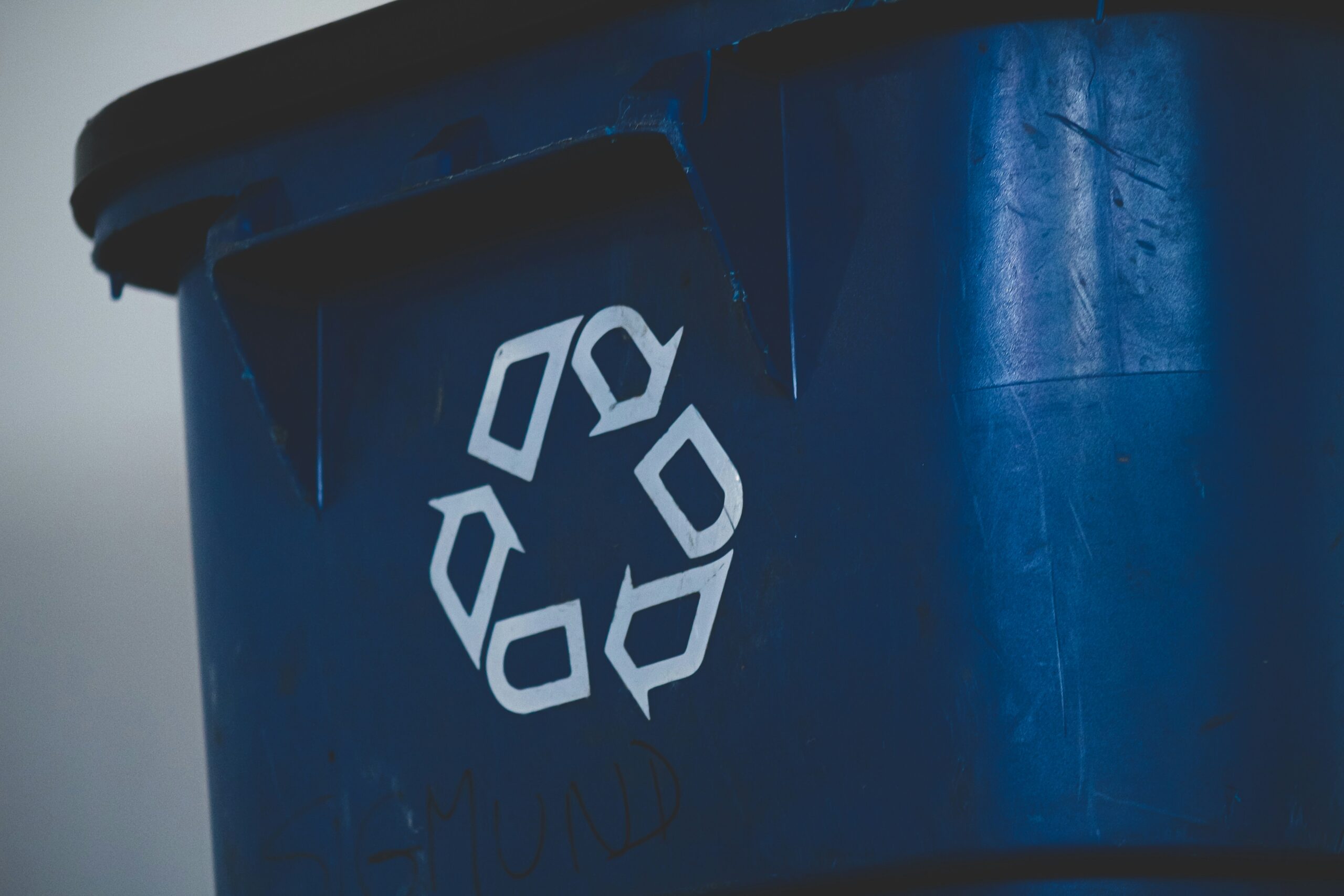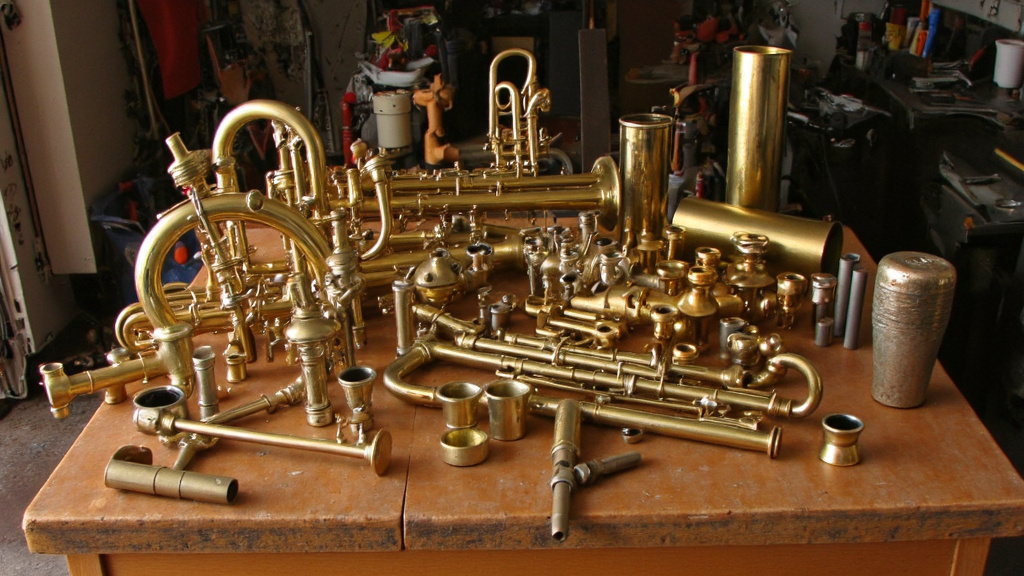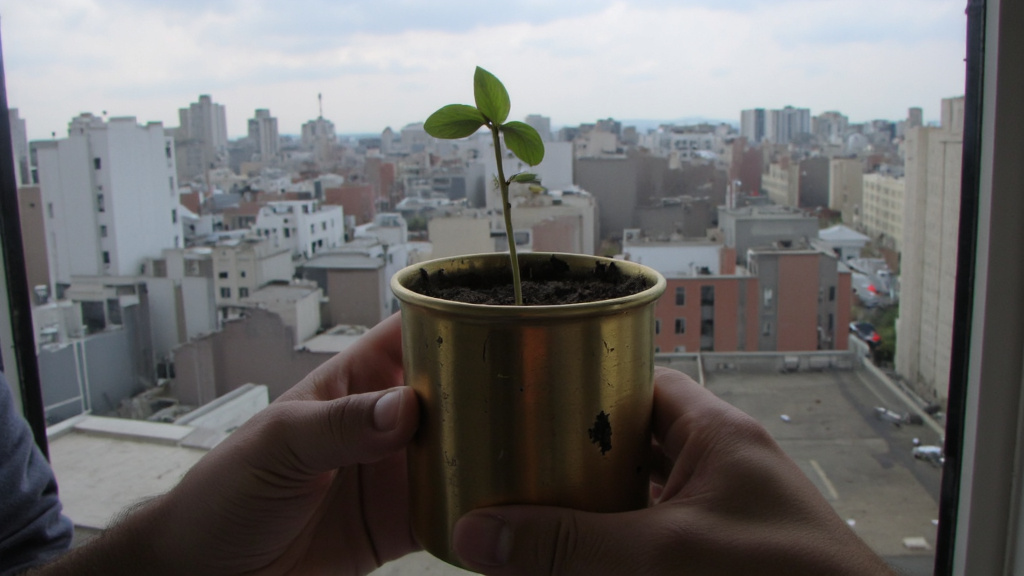5901 Botham Jean Blvd, Dallas, TX 75215
What is the Brass Recycling Process?
June 12, 2025Take a moment to look around your home. Those door handles, bathroom fixtures, and decorative pieces could be valuable brass items ready for a second life. Brass recycling transforms these everyday objects into useful materials through an organized, efficient system. Sustainability potential exists in more places than you might realize.
The brass recycling process systematically transforms discarded brass items into reusable materials. It starts with collection from various sources, followed by careful sorting, thorough cleaning, precise melting, and skilled re-manufacturing. Each step ensures the material maintains its quality while reducing waste.
This process is a cornerstone of sustainable metal management. It creates a circular economy where brass items complete their lifecycle and return as new products. The environmental and economic benefits make brass recycling an essential practice in our resource-conscious world.
What Are the Key Steps in Brass Recycling?

The brass recycling process transforms discarded brass items into valuable new materials through a systematic approach. Each step ensures the final recycled product maintains high quality standards while supporting environmental sustainability.
Collection
Brass recycling begins with collection from diverse sources. Scrapyards gather brass items from industrial facilities, construction sites, and manufacturing plants. Households contribute through municipal recycling programs that accept brass fixtures, decorative items, and plumbing components.
Collection centers sort incoming materials by metal type, separating brass from other metals like aluminum, copper, and steel. This initial sorting uses visual identification, magnetic testing, and sometimes specialized equipment to distinguish brass from similar-looking metals.
Sorting and Cleaning
Once collected, brass undergoes thorough sorting and cleaning. Workers separate different brass types, such as yellow brass, red brass, and cartridge brass, each with distinctive compositions and applications. This precision ensures appropriate processing methods are used for each type.
The cleaning phase removes contaminants that could affect quality. Workers strip away paint, plastic components, and other non-metallic materials. Chemical or mechanical cleaning processes eliminate grease, dirt, and surface oxidation from the brass scrap.
Melting Process
Furnaces heat the cleaned brass scrap to temperatures between 1700°F and 1900°F. Industrial facilities use electric arc furnaces, induction furnaces, or gas-fired furnaces depending on volume and specific requirements. The brass becomes liquid at these temperatures, allowing for proper mixing and processing.
During melting, workers may add fluxes to protect the molten metal from oxidation. They monitor temperature and composition carefully to maintain quality. The molten brass might receive additives to adjust its properties according to desired specifications for the final product.
Decontamination
Decontamination removes remaining impurities from the molten brass. Skimming tools extract surface dross and oxidized materials. Filtration systems remove smaller particles and inclusions that could compromise structural integrity in finished products.
Chemical treatments may extract specific contaminants like lead or iron. Modern recycling facilities use sophisticated purification techniques to ensure the recycled brass meets stringent quality standards required by manufacturers in various industries.
No table output available
Re-Manufacturing
The purified molten brass moves to casting operations where it transforms into usable forms. Common outputs include ingots, billets, or bars that serve as raw materials for manufacturing. Some facilities create brass sheets, rods, or wires through specialized forming processes.
Re-manufacturing may involve additional heat treatment to achieve specific hardness levels. Brass destined for precision applications undergoes testing to verify its mechanical properties and composition meet customer specifications. The final products return to the supply chain for use in plumbing fixtures, electrical components, musical instruments, and architectural applications.
Through these five key steps, brass recycling creates a closed-loop system that reduces demand for virgin materials. This process cuts energy consumption by up to 90% compared to producing brass from raw ore extraction. The result is sustainable material management that preserves valuable resources while reducing environmental impact.
What Are the Environmental Benefits of Brass Recycling?

Brass recycling offers significant environmental advantages, particularly in energy conservation. The process uses up to 90% less energy compared to producing brass from raw materials, saving thousands of kilowatt-hours per ton. This efficiency makes recycling a powerful environmental tool.
Reducing greenhouse gases is another key benefit. By avoiding the energy-intensive extraction and refining processes, brass recycling significantly cuts carbon emissions. The U.S. Energy Information Administration states that metal recycling can lower carbon emissions by up to 500 million metric tons annually, equivalent to removing millions of vehicles from the road and providing a tangible method to combat climate change.
Preserving natural resources may be the most important long-term benefit. Each recycled piece of brass reduces the need to mine copper and zinc, the main components of brass. This conservation effort extends to entire ecosystems that might otherwise be disrupted by mining. Recycling one ton of brass saves about 8 tons of bauxite and preserves 7.6 cubic meters of landfill space.
Water conservation is another often-overlooked benefit of brass recycling. Traditional metal extraction requires large amounts of water for processing. By using recycled brass, we save millions of gallons of water, a resource that is becoming increasingly scarce worldwide.
Brass recycling naturally reduces landfill use. Diverting metal items from waste streams significantly decreases landfill volume. Since brass does not degrade in landfills, recycling is the only sustainable disposal option, helping municipalities manage landfill space more effectively.
Waste reduction extends beyond the physical material. Mining operations produce significant waste rock and tailings. By reducing the need for raw material extraction, brass recycling prevents these by-products from accumulating in sensitive environmental areas.
Improving air quality is another benefit due to reduced smelting requirements. Primary brass production emits pollutants like sulfur dioxide and particulate matter. Recycling brass substantially lowers these emissions, contributing to cleaner air in manufacturing regions.
What Types of Brass Can Be Recycled?

Brass recycling involves a wide variety of brass types and forms. This copper-zinc alloy comes in different compositions, each with unique properties and recycling values. Understanding which types of brass can be recycled helps maximize both environmental benefits and potential returns.
Common Types of Recyclable Brass
Yellow brass is the most commonly recycled type. It typically contains 60-70% copper and 30-40% zinc, giving it a distinctive golden-yellow appearance. This variant is found in doorknobs, locks, car parts, and plumbing fixtures.
Red brass, also known as gunmetal, has a higher copper content (around 85%) with small amounts of tin and zinc. Its reddish hue comes from the increased copper content. Red brass is used in plumbing components, marine hardware, and electrical connectors.
Cartridge brass, composed of approximately 70% copper and 30% zinc, is mainly used for ammunition casings. Its strength and flexibility also make it suitable for screws, rivets, and various fasteners. Shooting ranges often collect and recycle spent cartridge casings.
Specialized Brass Alloys
Naval brass is known for its exceptional corrosion resistance in marine environments. This durable alloy contains about 60% copper, 39% zinc, and small amounts of tin. It is commonly used in shipbuilding, marine hardware, and seawater piping systems.
Admiralty brass, another marine-friendly variant, typically features 70% copper, 29% zinc, and 1% tin. Its superior saltwater corrosion resistance makes it ideal for condenser tubes, heat exchangers, and other marine applications.
Architectural brass (muntz metal) is used decoratively in buildings, including door handles, railings, panels, and trim. With approximately 60% copper and 40% zinc, it offers a golden color similar to yellow brass but with slightly different properties.
Industrial brass includes several types, such as free-cutting brass, which contains lead to improve machinability, making it perfect for precision components like screws, bolts, and fittings.
Common Sources of Recyclable Brass
Plumbing fixtures are a rich source of recyclable brass. Faucets, valves, pipe fittings, and outdoor spigots often contain high-quality brass valued by recyclers. During renovations, these components can be collected and recycled instead of discarded.
Musical instruments, especially those in the brass family—trumpets, trombones, tubas, and French horns—contain significant amounts of recyclable brass. Even smaller components like mouthpieces and some percussion instruments like cymbals contribute to the recyclable pool.
Electrical components use brass for its excellent conductivity. Terminals, connectors, and certain wiring types contain recyclable brass. Light switch plates and outlet covers, especially in older or high-end homes, may also be made from brass.
Decorative items often feature brass due to its warm, attractive appearance. Picture frames, candle holders, figurines, and even old trophies can be recycled. Furniture hardware such as drawer pulls, knobs, and hinges are frequently made from brass as well.
Surprising Brass Sources Worth Recycling
Beyond obvious sources, recyclable brass appears in unexpected places. Zippers from old luggage or heavy-duty clothing, fishing gear including reels and lures, vintage typewriters, and classic car parts often contain valuable brass components.
Old brass buttons from clothing, though small individually, add up quickly, especially for vintage garment collectors. Brass-cased ammunition shells from shooting ranges are another substantial source of recyclable brass.
The purity and composition of brass significantly impact its recycling value. Higher copper content generally translates to higher value, making red brass particularly desirable. When preparing brass for recycling, separating it from other metals and removing non-metallic materials maximizes its worth.
Mixed brass scrap, a combination of different brass types collected for recycling, still holds value even without precise sorting. Recycling facilities can process this material, though sorted brass typically commands better prices.
To identify brass in your surroundings, remember its distinctive yellowish-gold to reddish color. A simple magnet test helps distinguish it from brass-plated items—true brass is non-magnetic. Look around your home, garage, or workplace for these valuable recyclable resources hiding in plain sight.
By recognizing the various types of brass in your environment, you contribute to resource conservation while potentially recovering value from items that might otherwise be discarded. Every piece of brass recycled means less mining, reduced energy consumption, and fewer greenhouse gas emissions.
How Can Individuals and Businesses Contribute to Brass Recycling?
Brass recycling provides a valuable opportunity for both individuals and businesses to engage in sustainable resource management. This distinctive golden alloy, primarily composed of copper and zinc, is found in numerous everyday items. By properly identifying and recycling these materials, everyone can help conserve natural resources and support the circular economy.
Identifying Brass Items for Recycling
The first step in contributing to brass recycling is learning to identify brass items at home or in business. Brass has a unique yellowish-gold appearance that distinguishes it from other metals. Unlike steel, brass is non-magnetic, offering a simple test to determine if an item contains brass.
Common household brass items include doorknobs, decorative fixtures, certain musical instruments, plumbing components, and old keys. In business settings, brass is often found in electrical components, machinery parts, architectural elements, and manufacturing scraps. Taking inventory of potential brass items is the foundation of effective recycling efforts.
Look for brass in unexpected places too. Items like old light fixtures, decorative hardware, ammunition casings, and certain types of jewelry may contain recyclable brass. Even small components like brass buttons from clothing or furniture can be collected over time and added to your recycling efforts.
Proper Preparation of Brass for Recycling
Once brass items are identified, proper preparation ensures they can be recycled efficiently. Start by cleaning the brass to remove non-metallic contaminants like dirt, paint, or other materials. Clean brass yields higher value and processes more efficiently at recycling facilities.
If possible, separate brass from other materials. Remove plastic, rubber, or other metal components that might be attached to the brass items. This separation process improves the quality of the recycled material and supports more efficient processing.
For businesses generating larger volumes of brass scrap, consider implementing a sorting system at the source. Designate specific containers for brass items and train staff on proper identification and collection procedures. This systematic approach maximizes the value of your recycling efforts and minimizes contamination.
Partnering with Reputable Recycling Facilities
Finding the right recycling partner is crucial for effective brass recycling. Research local scrap yards and recycling centers that accept brass materials. Look for facilities with proper environmental credentials and transparent business practices. Reputable recyclers will offer fair market value for brass based on current metal prices and quality.
For individuals, many communities offer designated drop-off points for metal recycling. Some recycling centers may even provide pickup services for larger quantities. Before transporting your brass items, contact the facility to confirm their acceptance policies and any preparation requirements.
Businesses should consider developing ongoing relationships with recycling facilities. This partnership can include scheduled pickups, dedicated collection containers, and potentially more favorable pricing for consistent volumes. Companies like Okon Recycling specialize in commercial recycling programs that can be tailored to your specific needs.
Environmental Benefits of Brass Recycling
Participating in brass recycling yields significant environmental benefits. Recycling brass requires approximately 90% less energy than producing new brass from raw materials. This substantial energy saving directly translates to reduced greenhouse gas emissions and a smaller carbon footprint.
The conservation of natural resources is another key benefit. Every pound of brass recycled means less copper and zinc that needs to be mined from the earth. Mining operations can cause significant environmental disruption, including habitat destruction and potential water contamination. By recycling brass, you help minimize these impacts.
Brass recycling also reduces waste sent to landfills. Metal items can take centuries to break down in landfill environments, occupying valuable space and potentially leaching materials into surrounding soil and groundwater. Recycling keeps these materials in productive use and out of waste streams.
Economic Advantages for Participants
Beyond environmental benefits, brass recycling offers tangible economic advantages. Brass is valued for its copper content, making it one of the more valuable recyclable metals. Individuals can earn money by selling brass scrap to recycling facilities, providing a financial incentive for collection efforts.
For businesses, brass recycling can contribute to the bottom line in several ways. Companies can generate revenue from selling manufacturing scrap or end-of-life brass components. Additionally, businesses may realize cost savings through reduced waste disposal fees. Some organizations also benefit from tax incentives or credits related to recycling programs.
The economic benefits extend beyond direct financial returns. Companies that implement robust recycling programs often enhance their reputation with environmentally conscious customers and stakeholders. This improved brand perception can translate to business advantages in competitive markets where sustainability practices influence purchasing decisions.
Building a Circular Economy Through Collective Action
When individuals and businesses commit to brass recycling, they contribute to building a more circular economy. This economic model aims to keep resources in use for as long as possible, extract maximum value while in use, and recover materials at the end of service life.
Businesses can take additional steps by designing products with recyclability in mind. Considering how brass components can be easily separated and recovered at end-of-life improves the sustainability of products. Some forward-thinking companies are even implementing take-back programs for their brass-containing products.
Community initiatives can amplify individual efforts. Consider organizing collection drives, educational workshops, or awareness campaigns about brass recycling. Schools, community centers, and local businesses can serve as collection points, making recycling more accessible to everyone.
Conclusion: Embracing Brass Recycling for a Sustainable Future

Brass recycling is crucial in our journey toward sustainable resource management. The process converts discarded brass items into valuable resources, significantly reducing energy consumption and greenhouse gas emissions. By recycling brass, we conserve up to 90% of the energy needed for new production while preserving copper and zinc deposits that would otherwise be depleted through mining.
The environmental and economic benefits of brass recycling provide a strong incentive for participation. From reducing landfill waste to creating jobs in the recycling sector, brass recycling offers a practical path to environmental stewardship that also makes financial sense. For municipalities, businesses, and industrial facilities seeking efficient waste management solutions, contact Okon Recycling at 214-717-4083.
